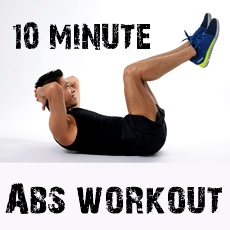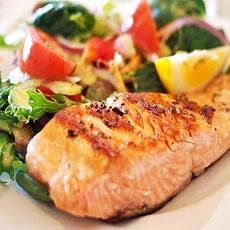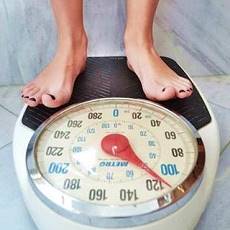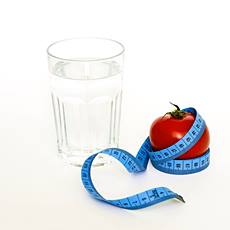A List of Warm-Up Exercises
How to warm-up before you exercise
First published: 08.Jan.2019
Getting ready for exercise: Warming up
Warm-ups help increase blood flow to the muscles, raise muscle temperature, and helps to reduce the risk of injuries to tendons, joints, and muscles.
Below we describe a simple warm-up routine that will get you ready for your physical activity in only six minutes.
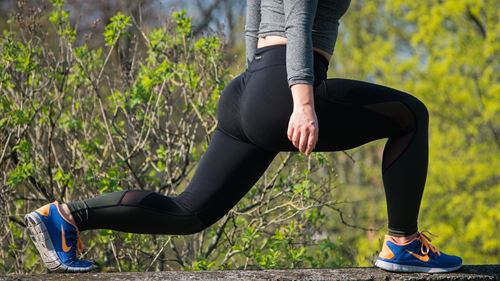
Why do we warm-up before exercising?
Warm-ups are fundamental; Never engage in a sudden bout of physical exercise before warming up.
A warm-up routine done 5 to 15 minutes before doing your main workout lets your body adjust and slip into "exercise mode" without the risk of physical injury.
It gets your heart rate up gradually, blood is pumped to your muscles, and the motion of the different warm-up exercises increases the motion of joints.
The increased blood flow to the muscles elevates muscular temperature and thus increases the release of oxygen into the body's tissues, which in turn boosts the metabolism of its energy systems (adenosine triphosphate turnover in the mitochondria - the cells' powerhouses).
Warm-up increases the speed of your nerve impulses making you perform better.
It also breaks down some bonds that form inside the muscles between two proteins that are responsible for muscle contractions: actin and myosin. This greatly improves muscular flexibility.
Important! Bear in mind that improper or excessive stretching and warming up can, however, predispose to muscle injury. So don't go overboard with it.
Risks involved in not warming up
Muscular, tendon and joint injuries can result if you exercise without warming up. This was highlighted in a study by Soligard et al., (2010) (1).
They followed 65 soccer teams in Norway with 1,055 players throughout one season and the players that had high compliance with a warm-up program had a 35% lower risk of all injuries when compared to those who had intermediate compliance.
Shitara et al., (2017) (2) reported that shoulder stretching reduced elbow and shoulder injuries in high school baseball players: only 25% of those stretching suffered injuries (after an average of 89 days playing), compared to 57% and 29.5 days of games in the group that did no stretching. This means a 36% drop in the hazard ratio for injuries.
A meta-analysis by Fradkin A J, Gabbe B J, Cameron P A. (2006) (3) that reviewed five high-quality studies found that:
- Three of the studies reported that performing a warm-up significantly reduced the injury risk
- The other two studies found that warming up was not effective in significantly reducing the number of injuries.
They concluded that: "insufficient evidence to endorse or discontinue routine warm-up prior to physical activity to prevent injury among sports participants. However, the weight of evidence is in favour of a decreased risk of injury."
A study conducted in 2020 by Zmijewski (4) reported that "Dynamic stretching improved repeated-sprint performance to a greater extent than static stretching and no stretching."
Take-home point:
Warming up before your main exercise will reduce the risk of injury.
A simple Warm-up routine
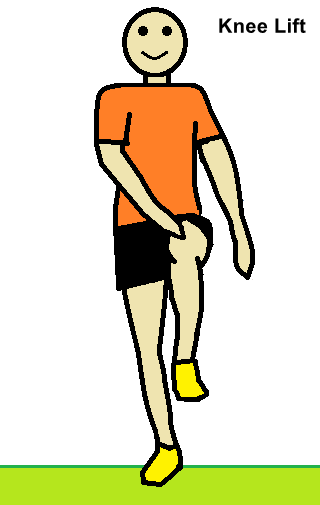
Knee Lifts. A. Whittall
The following warm-up exercises should be done 5 to 15 minutes before you engage in your main workout program.
Start by marching:
Marching
Do it for 3 minutes.
Start by marching on the spot where you are standing, and then move forward and backward a few steps, marching.
Move your arms as you march, up and down, in rhythm with your marching pace, keep your hands unclenched and your elbows bent 90°.
Lift your knees until they are at the level of your hips.
After 3 minutes move on to the next step: Knee Lifts.
Remember, smooth, fluid motions are better than jagged, sudden ones. Let your body awaken to exercise gradually.
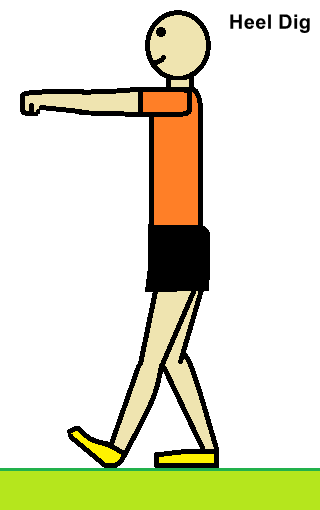
Heel Digs. A. Whittall
Knee Lifts
30 lifts in 30 seconds.
Stand up, straight and raise your knee, until your upper leg forms a 90° angle with your body, touch it with the opposite hand. Drop knee and do the same with the other knee.
As you do this, keep your abs tight and your back straight. Your other leg should be slightly flexed.
Heel Dig
60 digs in one minute.
Place your foot in front, dig in the heel, and keep the tip of your foot pointing up. Punch out with your fist as you dig. The other leg, supporting your dig, should be slightly bent.
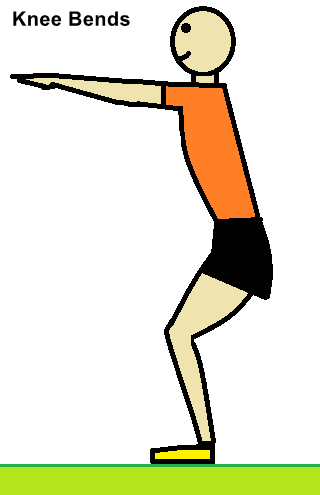
Knee Bends. A. Whittall
Knee Bends
Do 10 repetitions (reps.)
Stand upright, keep your feet shoulder-width apart, and stretch both arms forward, hands open, palms facing down.
Flex your knees sitting slightly, with your torso straight, yet angled forward. Dip down 4 inches (10 cm) by bending your knees.
Rise to your original position and repeatr (10 reps.).
By now you are warmed up, finally do the Shoulder rolls:
Shoulder Rolls
Do 2 sets of 10 reps.
March on the spot as in the first warm-up activity and roll your shoulders (both together) forward 5 times and then backward 5 times.
Your arms should hang loosely by your sides. Keep back straight and head upright, looking forward.
This ends your warm-up phase.
Optional: Stretching
Stretching is also performed as part of a warm-up, its goal is to reduce the stiffness of joints and tendons and to increase mobility. Static stretching seems to be more suitable for dancers and gymnasts, while dynamic stretching is more beneficial for athletes that run or jump (basketball players or sprinters) (5).
Now you can do your workout
Finished your warm-up routine? Now you can do your workout safely.
An incentive to lose weight
References and Further Reading
(1) Soligard T et al., (2010). Compliance with a comprehensive warm-up programme to prevent injuries in youth football. Br J Sports Med. 2010 Sep;44(11):787-93. doi: 10.1136/bjsm.2009.070672. Epub 2010 Jun 15
(2) Shitara H, Yamamoto A, Shimoyama D, et al. (2017). Shoulder Stretching Intervention Reduces the Incidence of Shoulder and Elbow Injuries in High School Baseball Players: a Time-to-Event Analysis. Sci Rep. 2017;7:45304. Published 2017 Mar 27. doi:10.1038/srep45304
(3) Fradkin A J, Gabbe B J, Cameron P A., (2006). Does warming up prevent injury in sport: the evidence from randomised controlled trials?. Journal of Science and Medicine in Sport 2006; 9(3): 214-220
(4) Zmijewski P, Lipinska P, Czajkowska A, Mroz A, Kapuscinski P, Mazurek K. (2020), Acute Effects of a Static Vs. a Dynamic Stretching Warm-up on Repeated-Sprint Performance in Female Handball Players. J Hum Kinet. 2020 Mar 31;72:161-172. doi: 10.2478/hukin-2019-0043. PMID: 32269657
(5) Page P., (2012). Current concepts in muscle stretching for exercise and rehabilitation. Int J Sports Phys Ther. 2012;7(1):109-19
About this Article
Warm-up for your exercise routine, A. Whittall
©2018 Fit-and-Well.com, 08.Jan.2019. Updated. 28 Nov. 2020. https://www.fit-and-well.com/fitness/warm-up-for-exercise.html
Tags: warming-up exercises, warm-up routine, warm-up, physical activity, exercise program.
This Webpage
Subject: Fit-and-Well.com. Warm-Up exercises. A list of warming-up exercises to do before your workout. Avoid injury, warm-up muscles, joints, tendons, and get the blood flowing to your muscles. A six-minute warming-up routine.


